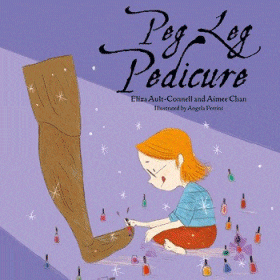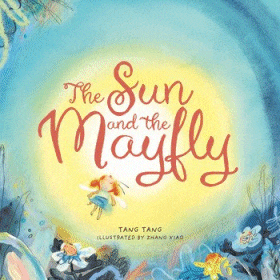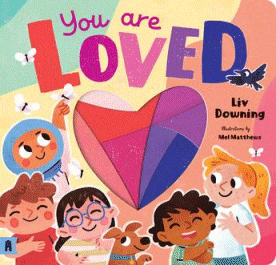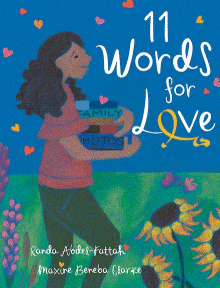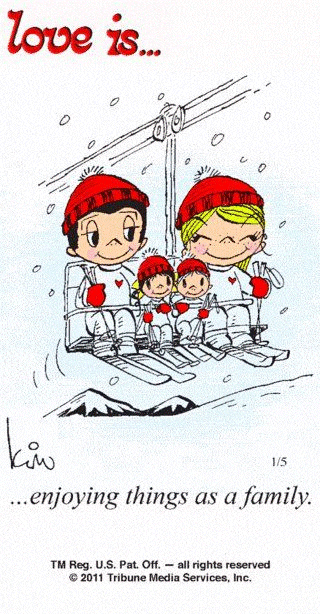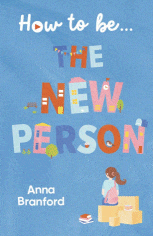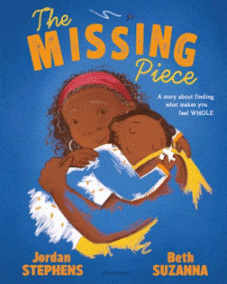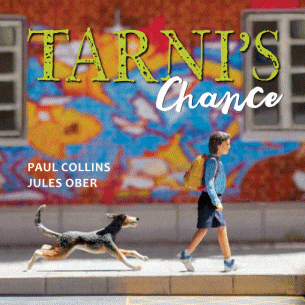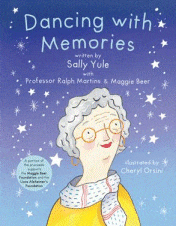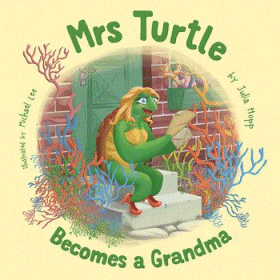
Mrs Turtle Becomes a Grandma
Mrs Turtle Becomes a Grandma
Julia Hopp
Michael Lee
Little Steps, 2022
32pp., pbk., RRP $A16.99
9781922678720
Wonderful news – Mrs Turtle is becoming a Grandma! But Mrs Turtle is worried she may not be a good enough Grandma for the new baby. After all, with her love of socialising, travelling and exercising she was not like most other turtles )or grandmothers) that she knew and she was concerned that she would not match expectations.
Beginning with the illustration on the front cover with a very glamorous turtle with flowing golden locks and red high heels, this is a great story for introducing young readers to the concept of stereotypes as well as building and meeting expectations.
Currently, there is a series of advertisements on television for an insurance company that invites the viewer to make assumptions about various people based on their external appearance and the assumptions made could not be further from the truth of the reality, and this story is in a similar vein. What assumptions do we already make about turtles and/or grandmothers? What do we expect them to look like or behave? Why do we have those expectations? Are they valid? How do we feel when their looks and actions don’t meet our expectations? Important questions for children to discuss but equally so are those relating to the expectations we put on ourselves and the consequences if we feel we do not meet what we expect of ourselves, or what we think others expect of us. Do we hide away, berate ourselves and have all sorts of negative thoughts that we eventually turn into truths, or are we able to learn from the situation and move on? Can we learn and accept that everyone’s definition of “perfect” is different and who we are as we are is enough?
Grandma Turtle learns a really valuable lesson in this story and young readers can start to have conversations about the issues raised too. There is a saying about being “comfortable in your own skin” which eventually happens when you understand that the only opinions that matter are your own and those of those who are important to you, and so by starting the conversations early with stories such as this, our young people might be able to avoid some of the pitfalls of peer pressure that are ahead of them.
A little story but with huge potential, well beyond the protection of turtles that the author includes in the final pages. .
